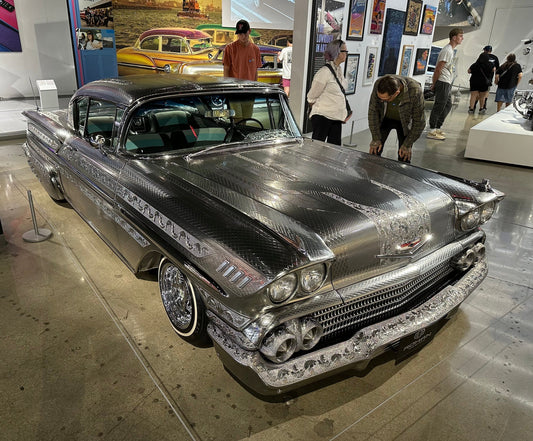Remote controlled volume
by Paul McGowan
Oops. In yesterday's post keep the lights on I left out a key word in my sentence "There's no convincing me that kit that's been on and running for days on end sounds better than a cold boot up of the gear". It should have read "There's no convincing me that kit that's been on and running for days on end doesn't sound better than a cold boot up of the gear". Funny how a single word changes things. Wars have been fought over a slip of the pen. Let's hope none are started on account of my slip up.
Changing the volume by remote control seems so ordinary, so commonplace that we just take it for granted that's the way it must be done. But remote control volume is a relatively new feature for equipment, one that didn't exist with any popularity even into the 1980's. Some units still don't feature it and one of the reasons why is because of the compromises needed.
A traditional volume control is a potentiometer (a mechanically operated variable resistor) and a fancier version of this is a stepped attenuator (a mechanical switch). Both of these require you to turn something to adjust them. One of the first remote control schemes attached a simple motor to the potentiometer that turned the pot in response to your remote commands. These are still in use today and have the advantage of remaining sonically identical to a mechanically turned pot (which is what they are). Pots have a sound to them, depending on the type of resistive materials in use and the wiper contacts.
Even a stepped attenuator can be motorized as Ayre does in their preamplifier, thus adding no additional sonic colorations because of the remote; yet stepped attenuators also have a sound that depends largely on the type of resistors used. They are the most sonically neutral of all I have played with.
But the vast majority of remote controls today are an actual circuit the signal passes through. There are many means to do this: simple chips that handle the task, light variable resistors, CMOS switches and resistor ladders, voltage controlled amplifiers and so on. All have sonic consequences, some minor, some not so minor.
It's the job of the designer to figure out where the compromises will be accepted and how to keep them at a minimum.
Adjusting the volume has always been a challenge for circuit designers, it's just a matter of picking your poison.
- Choosing a selection results in a full page refresh.
- Opens in a new window.









